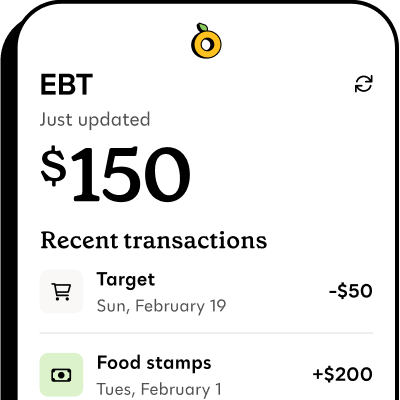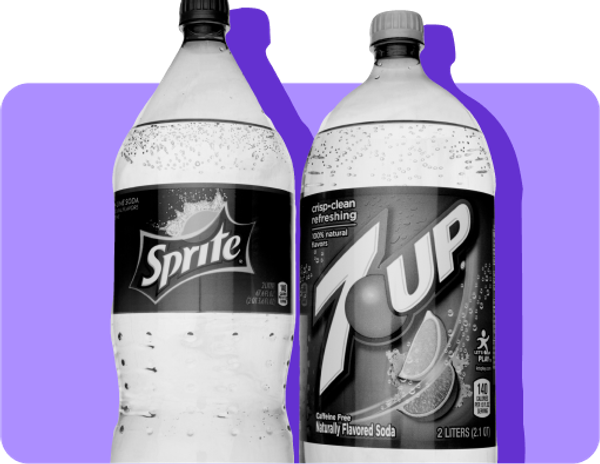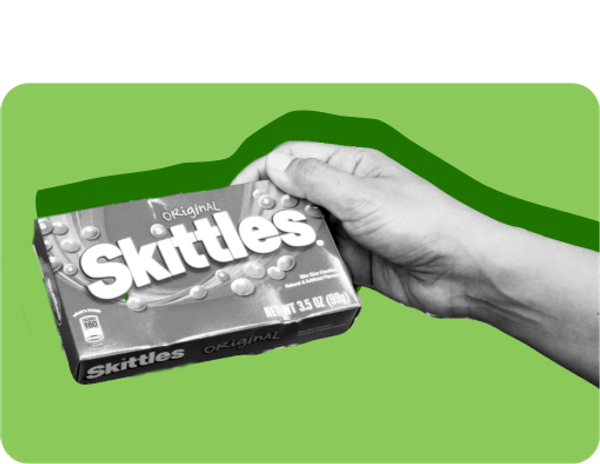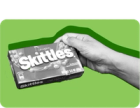What income is not counted for SNAP?

If you’re applying for SNAP (also called food stamps), you may already know about the SNAP income limits—in order to qualify you need to make under a certain amount of money each month. But not all income counts when you apply for SNAP.
Some things, like occasional help from family or one-time payments, won’t count against you when applying for food stamps. Knowing what income does and doesn’t count can help you figure out if you qualify for SNAP, and how much you might get on your EBT card each month if you’re approved.
If your income is close to the limit for SNAP, don’t count yourself out. If you think you qualify, you should apply for SNAP as soon as possible—that’s the best way to find out.

Propel is the #1-rated EBT balance checking app
What income does not count for SNAP?#what-income-does-not-count-for-snap
When you apply for SNAP (food stamps), not all income or resources count. Some types of income and savings are excluded, meaning they won’t affect your SNAP eligibility.
Here’s what doesn’t count when you are applying for SNAP:
- Your home and the land it’s on
- Vehicles (in most states or up to a certain value)
- Most retirement and pension savings, like a 401(k) or IRA (though regular withdrawals might count as income)
- Money you get from Temporary Assistance for Needy Families (TANF) and Supplemental Security Income (SSI) if everyone in your household receives these benefits
- Resources of people who receive TANF or SSI
- Tax refunds, including the Earned Income Tax Credit (EITC)
- Certain education grants, scholarships, or student aid
- Gifts or occasional financial help from friends or family (if it’s irregular or not part of regular income)
- Personal loans or payday loans (as long as they must be repaid)
- Reimbursements for school supplies, travel, or work-related costs
- Certain veterans’ benefits and federal disaster relief
- Child support you receive (this might differ between states)
- Income from people not in your SNAP household, like roommates you don’t share meals with
What income does count for SNAP?#what-income-does-count-for-snap
Here’s what does count when you apply for SNAP (meaning your state uses this information to calculate your eligibility for SNAP benefits and your benefit amount).
For eligibility:#for-eligibility
SNAP eligibility is determined based on both your gross income (your total non-excluded income before deductions) and net income (total non-excluded income after deductions).
It includes wages, unemployment, and most other money coming in (unless it’s one of the categories that’s not counted).
You must stay below a set income limit to qualify for food stamps (remember the SNAP income limits) unless you qualify for SNAP automatically through programs like SSI or TANF.
And these rules don’t apply to everyone—a household with an elderly or disabled member can qualify for SNAP based on the net income limit only.
For your benefit amount:#for-your-benefit-amount
SNAP uses your net income to calculate your benefit amount. This means your income after deductions. Deductions can include:
- 20% of your earned income
- A standard deduction (based on your household size)
- Childcare or dependent care costs
- Medical expenses over $35 per month for elderly or disabled household members
- Legally-owed child support payments
- A shelter deduction (especially for homeless or high-cost households)
How to apply for SNAP#how-to-apply-for-snap
You can apply for SNAP online, by phone, by mail, or in person. Most people apply through their state’s SNAP website or local office. Here’s a full list of the documents you need to apply for SNAP.
What to expect after you apply for SNAP#what-to-expect-after-you-apply-for-snap
After you apply for SNAP, most states will contact you for an interview. This usually happens by phone or in person.
You may also need to send more documents. You should get a decision about your SNAP within 30 days (or within seven days if you qualify for emergency SNAP benefits).
If you do qualify, you’ll get a SNAP approval letter in the mail along with an EBT card. You use your EBT card just like a debit card, to buy eligible foods at participating stores or online.
Once you're set up, you can check your EBT balance and manage your benefits with an EBT balance-checking app like Propel.






